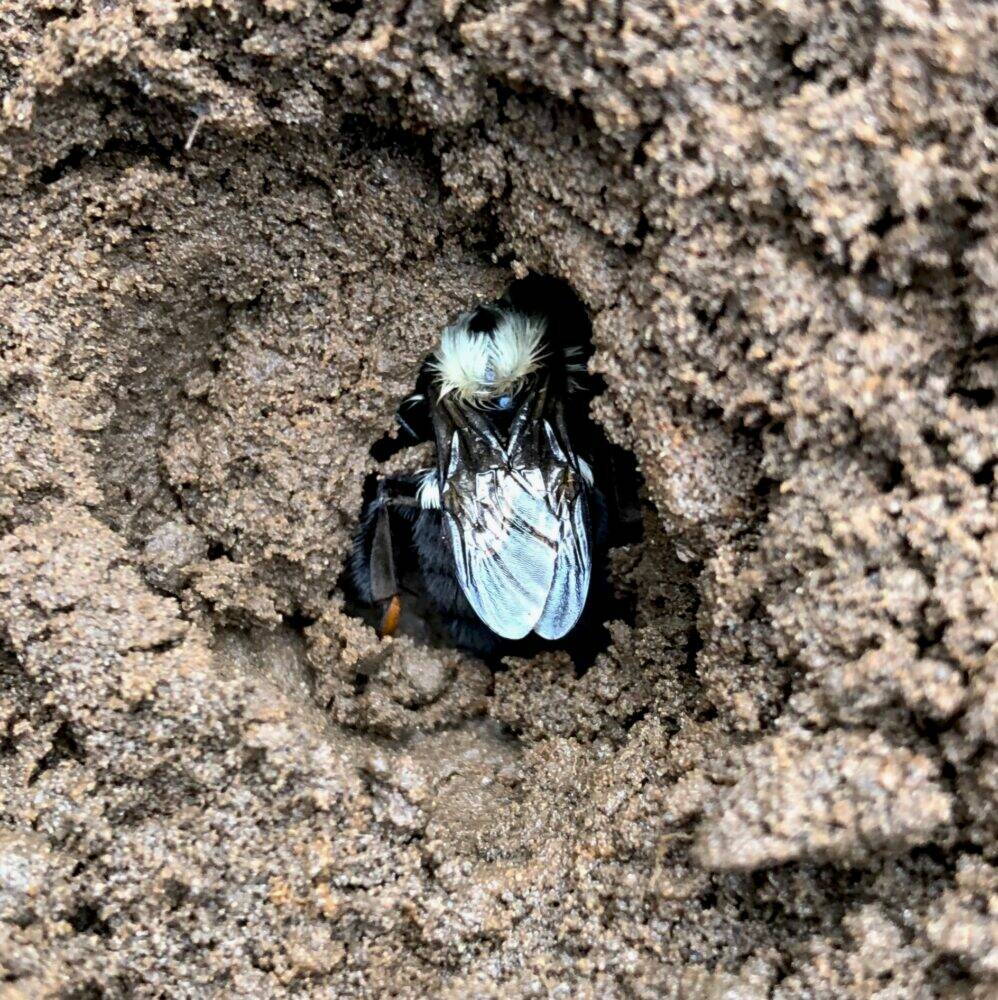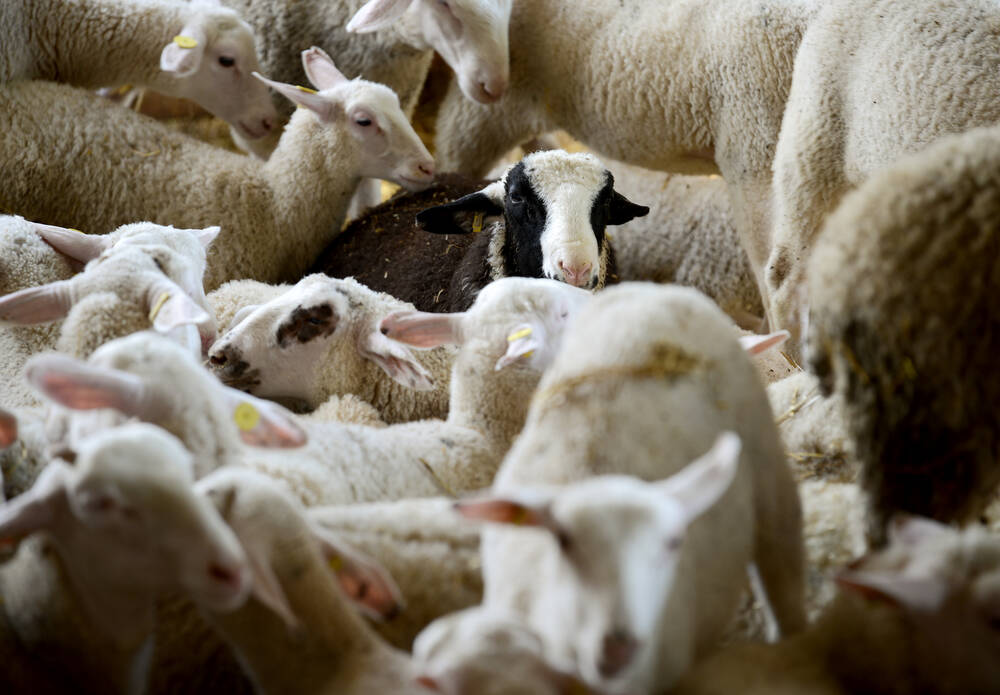Research identifies abnormal nesting habits in queen bees

New research from the University of Guelph has found queen bees are more likely to hibernate in contaminated soil.
Read Also


Non-resident sheep producers exempt from Ontario Sheep Farmers licence fee
The Agriculture, Food and Rural Affairs Appeal Tribunal delivered its decision regarding Ontario Sheep Farmers charging licence fees to non-resident producers after Alberta sheep producer Robert Albers challenged the practice.
Why it matters: Queens adapting to contaminated soil poses threats to the vulnerable bumblebee population.
While the study does not include any immediate conclusions or recommendations for farmers, it does raise new concerns over the use of pesticides in Ontario.
University of Guelph researchers Nigel Raine and Sabrina Rondeau led field experiments that allowed queen bumblebees to fly freely, mate, then choose the soil in which to hibernate for the winter. The queens tended to avoid clean soil and were twice as likely to be drawn to soil contaminated with one of five pesticides.
Rondeau said reasons for the choice are unknown but there are several theories.
“One possible explanation is that the pesticides altered the soil properties and made it more appealing to the queen,” she said.
“In soil, there are some organisms like fungi and nematodes that can be very detrimental for bumblebee queens and so maybe the pesticides we use, maybe the fungicides have killed soil fungi, for instance, and then the queens might have avoided clean soil with fungi.”
She said another possibility is that the queens have acquired a taste for pesticides because they had been exposed to them while previously foraging.
“These are only hypotheses,” she said. “We don’t really know.”
The queens exposed to contaminated soil had more difficulty founding new colonies in the spring.
“It took them longer to produce babies the larva so the colonies developed more slowly. This raises very serious concerns for bumblebee health. Bumblebees are very important insect pollinators, and they already face so many challenges.”
Raine and Rondeau used pesticides common to Ontario for their study.
“We used a total of five pesticides in our study, and only one was a neonicotinoid,” Rondeau said. “But in Canada, while there are more and more regulations around the use of neonicotinoids, it’s not the one that we find the more frequently anymore in soil.
“They are slowly being replaced by other classes of insecticides, and one that we use in this study, and that we found in in soils a lot are diamide insecticides.”
Rondeau said a previous study showed fungicides having some positive effects on queen bees but “they can also interact with insecticides and cause greater harm, so we need to be very careful about that.”
Further research is needed on the accumulation of toxic pesticides in agricultural soils, she added, and researchers are “still in the process of trying to determine what this will look like for recommendations for growers. We need to find trade-offs, that’s for sure.”
Reducing spray drift in areas where queens hibernate is one guide. The next steps will include further recommendations on how to avoid contamination.
Rondeau added that more research is necessary to see how or if the contamination affects all ground-nesting bees, which account for 70 per cent of all bees in Ontario.
“Are these bees also affected in the same way as bumblebee queens, are they attracted to pesticide? That’s the other question that we need to answer.”
Source: Farmtario.com

